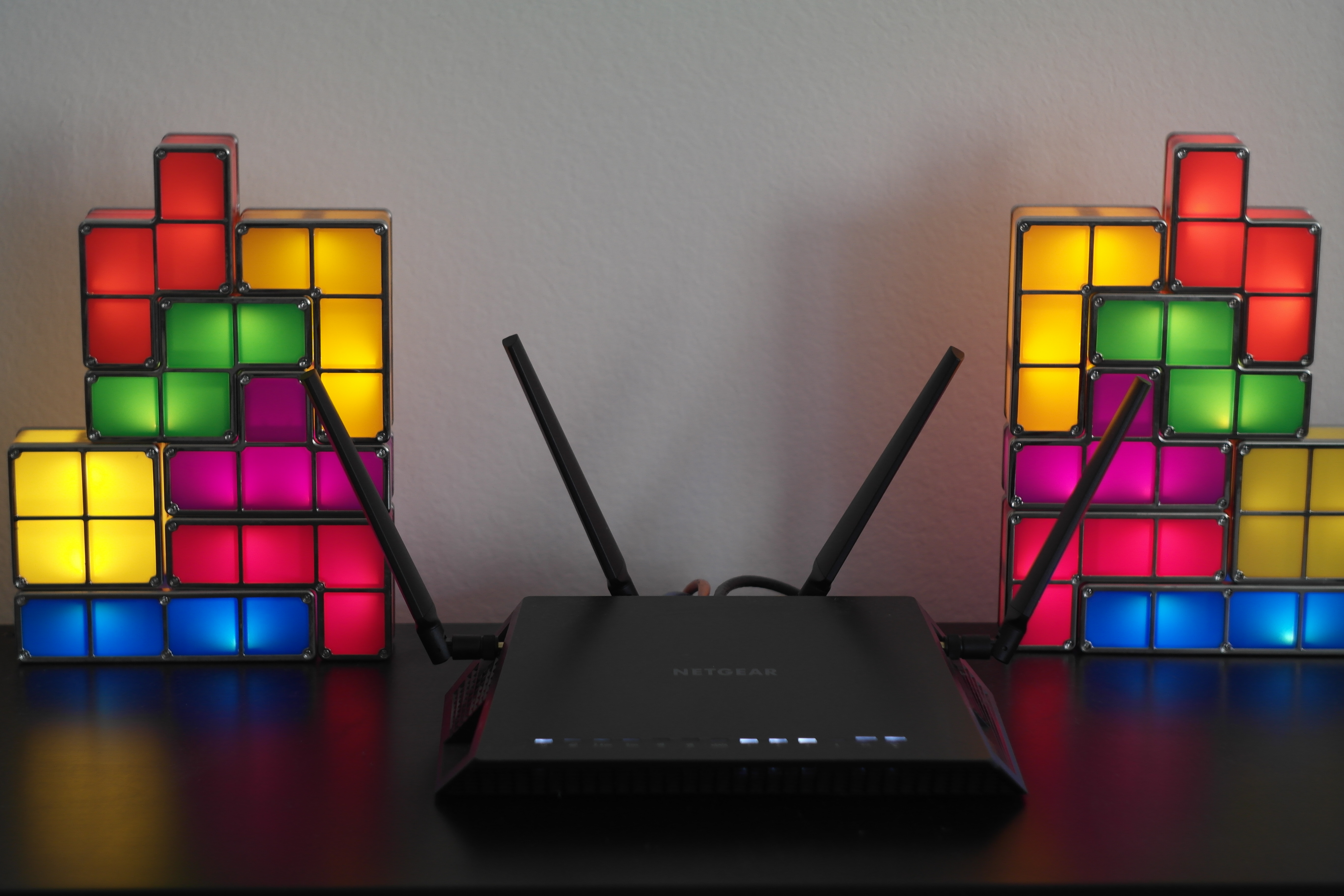The following are some general tips to enhancing your WiFi network to ensure better connectivity over wireless.
Note: While these tips cover a variety of possible solutions to common WiFi problems, you may find more success by directly plugging in to your router via Ethernet as a wired connection avoids many of the problems described below.
Choose a good location for your router
It is best to place the wireless router in an elevated position, preferably on a desk, side table, or console table so that the omnidirectional antenna's transmitting ability is maximized. A location that is elevated will work better than a location on or near the floor.
High-powered appliances can cause interference
High-power electrical appliances products may cause interference to WiFi radio signal. Avoid placing the router too close to a microwave oven, baby monitors, TVs and other electrical appliances. Try to position the router so that the signal doesn't have to pass through too many walls. The closer your wireless device is to these obstructions, the more severe the interference, and the weaker your connection will be.
Note: In order to keep the router hidden some users choose to put the it in a cabinet or in a bookshelf or on the floor. Putting it in the cabinet, bookshelf or floor will block the signal and the overall signal will be weakened.
Heat can impact your router’s performance
Keep the router as cool as possible. Long-term sun or heat exposure can cause damage to the router, affecting the stability of the network speed. Avoid placing the router in direct sunlight or next to a heating element such as a floor or wall heater or radiator.
Keep antennas elevated

The recommended angle is from 45 degrees to 60 degrees if your router has two antennas. In case your router has 3 antennas you can place the middle antenna straight upward.
Consider adding access points and range extenders
If you cannot get your WiFi working at a satisfactory level or your work area is located more than one room away from where the router is, it is time to get help with additional devices. Range extenders are a relatively affordable way of expanding WiFi coverage at home. When looking for a range extender, make sure to look for something compatible with your existing WiFi network (usually buying the same brand as your router ensures compatibility), that it uses the same radio technology (if your router uses 2.4Ghz, you will need an extender that also uses 2.4Ghz), and that it's from a reputable brand (Netgear, TP-Link, Linksys are all common brands).